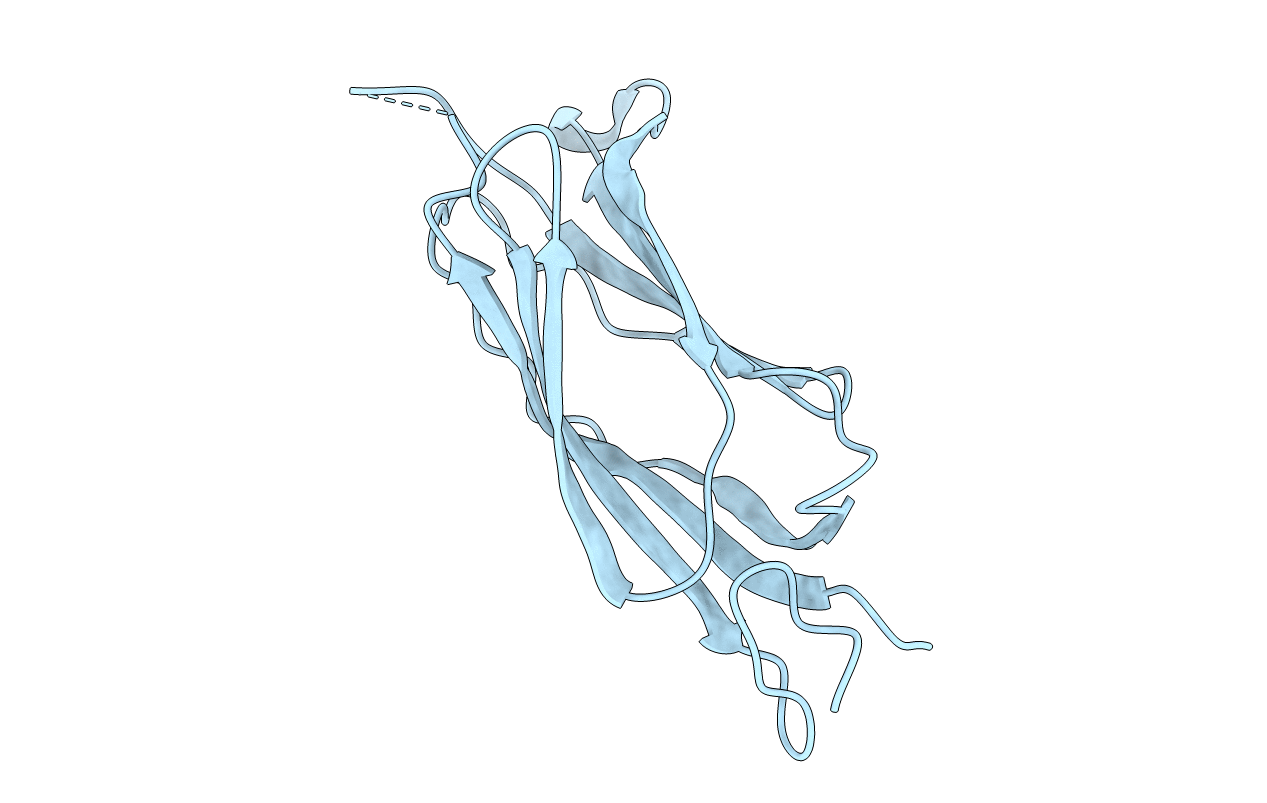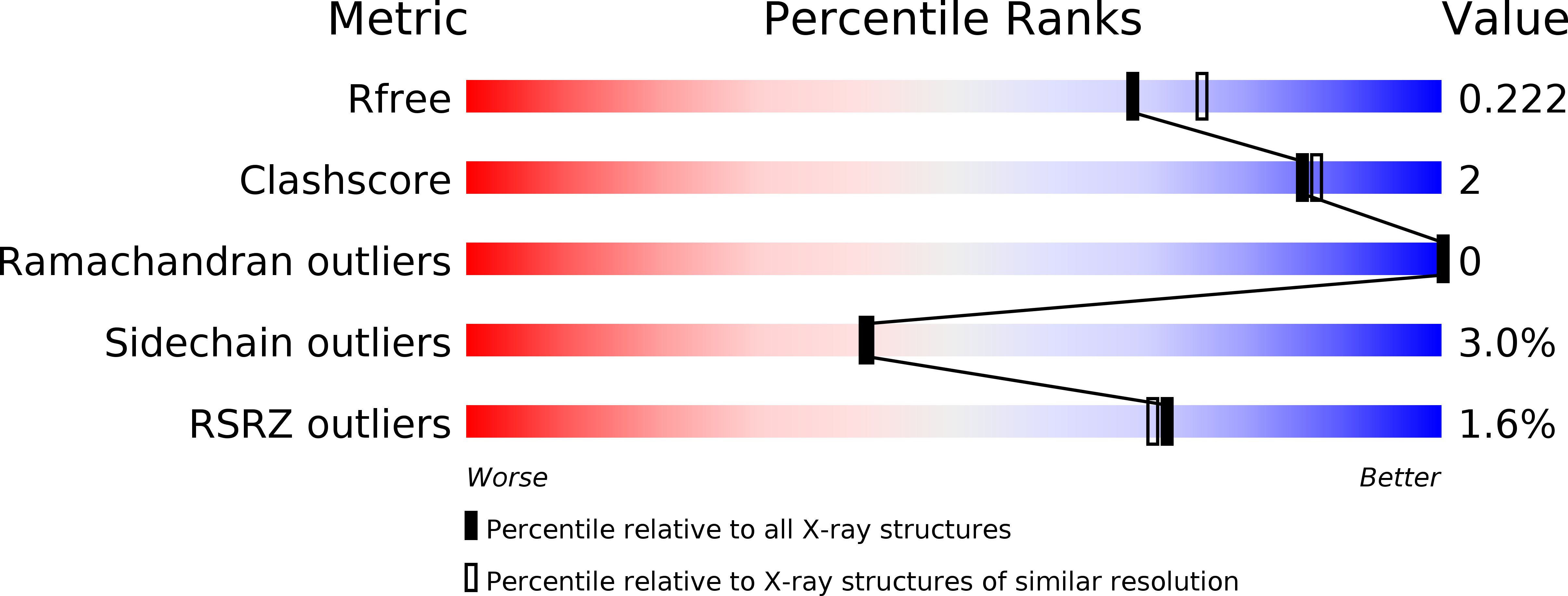
Deposition Date
2017-01-07
Release Date
2018-02-07
Last Version Date
2024-10-16
Method Details:
Experimental Method:
Resolution:
2.00 Å
R-Value Free:
0.22
R-Value Work:
0.19
R-Value Observed:
0.19
Space Group:
P 21 21 21


